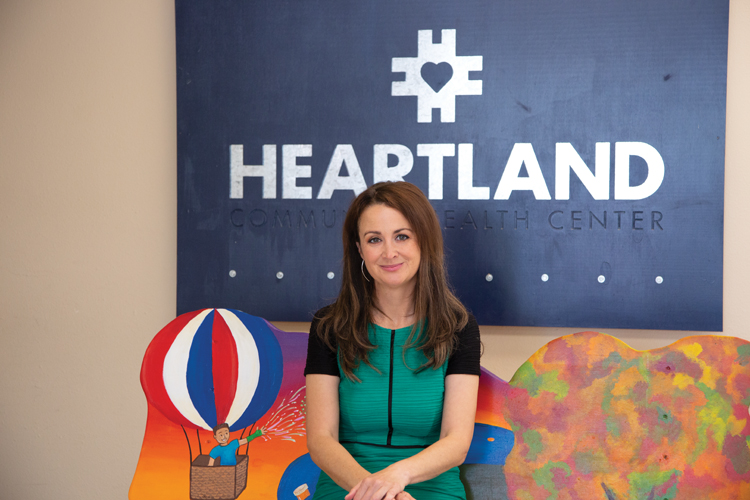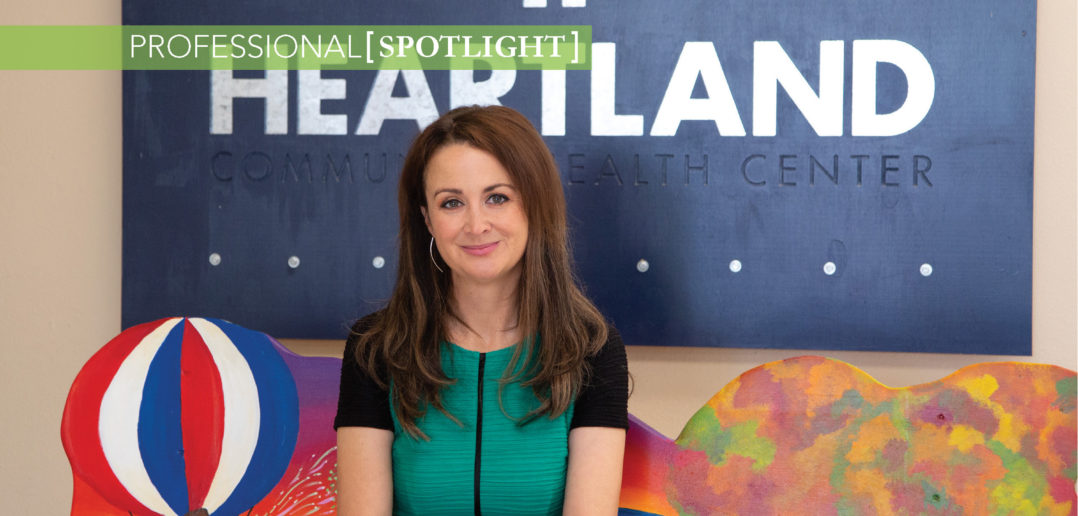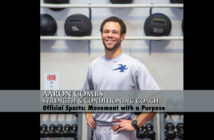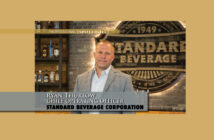| contributed by Robyn Coventon | |
| photos by | Steven Hertzog |
Robyn Coventon, SPHR, SHRM-SCP, CCEP, CHPC
Chief Executive Officer
Heartland Community Health Center

Robyn Coventon, SPHR, SHRM-SCP, CCEP, CHPC
What is Heartland’s most important commodity or service?
Our mission of welcoming all who need care speaks volumes about who we are and what we do as an organization. We are focused on providing solutions for all living in our community to ensure everyone is able to access and afford comprehensive medical care.
Heartland provides access to primary care (pediatrics, family medicine, geriatrics), behavioral health, psychiatry, oral health/dental, transgender care, reduced pharmaceuticals, medical case management, nutrition services through our food pantry, insurance eligibility assistance and many health education programs.
We believe communities thrive and become more resilient when everyone has access to the medical services they need. When we take care of each other, we build healthier communities, and the results are palpable: improved health outcomes, greater health literacy, reductions in financial and social poverty, and improved quality of life.
What is Heartland’s most important priority?
As the safety net medical provider for Douglas County, our priority is completely aligned with our mission –— welcoming all who need care. Ensuring that anyone who seeks our services can receive the highest quality medical care is the core tenant of who we are and what we do.
 You have to be involved in terms of what’s happening in your local neighborhood and what issues are there.
You have to be involved in terms of what’s happening in your local neighborhood and what issues are there. 
–Barack Obama
Serving all patients, regardless of whether they have insurance, is not without challenges though. Heartland continues to see more people every year, which speaks to the wonderful staff and high quality of care we provide; but given that approximately 50% of the patients we see have no insurance and qualify for our lowest sliding fee scale, it means we are essentially seeing half of our patients with no reimbursement for those services. While it is core to our mission, the sheer volume of patients we see makes this an unsustainable model. Our priority is to find ways to continue to see all of the patients who walk through our door. Our challenge is to find ways to engage community philanthropy and to increase the number of insured patients who use our services, which would allow us to continue to see the high volume of uninsured patients (like the Toms shoes model, this is an easy way for people to help contribute, health care that gives back).
What have been some of the most important aspects of your success?
When I think about taking measure of success and specifically any success I have had, what I find emerging as a constant theme is the power of collaboration. Collaboration is the fuel for change and innovation. Collaboration drives us to push ourselves further than we believed possible. Collaboration is how we leave a legacy for future generations.
The opportunity that exists within Lawrence and Douglas County to completely transform how this community defines and engages the system of care to become one powerful engine addressing multiple needs is the very reason I was so excited when the opportunity at Heartland presented itself. When you consider what a truly integrated system of care (one that can address medical, housing, nutrition, spirituality, behavioral health, substance-abuse treatment, criminal justice and many more) can accomplish, it’s remarkable. Being able to participate in building a system of care that will undoubtedly result in a stronger, healthier, more vibrant community is both humbling and rewarding, and I believe this is the legacy we will leave for the next generation, one that will serve as a model other communities will emulate.
How many people do you work with, serve, interact with on a daily basis and are responsible to? Or for?
Heartland has been growing both in the number of employees serving our community as well as in the number of patients utilizing our services. We have approximately 80 employees, and we take care of approximately 8,000 unique patients living in and around Douglas County. Through the vision of our board of directors, comprised of 13 individuals living and/or working in Douglas County, Heartland will continue to lead, innovate and collaborate to improve how health care is delivered in our community.
How do you and your industry make a positive impact on the Lawrence community?
Heartland is a nationally recognized quality leader by HRSA (Health Resources and Services Administration). Heartland is recognized as being in the top 25% of all health centers in the United States for quality, efficiency and effectiveness.
Having access to innovative federal programs has also allowed Heartland the ability to become a regional leader in providing medication-assisted treatment (MAT) for patients going through opioid withdrawals.
The most positive impact we have on our community is through our flexibility to provide the services the community needs, when they are needed, at a rate that anyone can afford. Each community health center is unique to the community it serves. There is a saying that if you have seen one community health center, you’ve seen one community health center, which is one of the things I love best about working at Heartland. We get to become what the community needs, and what greater impact is there than that?
What do you see as your personal responsibility and the industry’s responsibility to the community?
My personal responsibility to the community is to ready Heartland for whatever storm comes our way. Life has a way of presenting unexpected challenges, and my role as a leader in the community and a leader at Heartland is to make sure that we are resilient and can not only overcome challenges but come through those experiences as an even stronger organization. Our mission is too critical, our purpose is clear: We are the safety net provider for Douglas County, and we must rise to meet that responsibility. If not us, then who? We are a key component of the critical infrastructure of this community, and our role of ensuring care for all is our responsibility to this community. In easy times and in times of crisis, our community needs to know that we will be here for them. Health care is a right, not a privilege, and we exist to make sure that happens.
What would you change about doing business (or working with businesses) in Lawrence?
Having been a Lawrencian for a little over a year now, I have grown to love my new home. I have felt welcomed and encouraged, supported and challenged. The collaborative nature of the work that I do has lent itself well to this community. We are eager to learn from one another and open to working together. There has been a true commitment from the leaders in our community to work synergistically, without ego and without competition. I have found very little, if anything, I would change about my experience in Lawrence.
What inspires you? Is there a specific thing, person or incident?
Inspiration for me has always been the reward of knowing that the work I’m doing is making a positive difference for others. As I make decisions, one of the questions I always ask myself is how will this decision impact my staff, my patients, my community? What are the downstream consequences of the decisions I make on a daily basis? I need to know that my decisions are serving a greater good. For me, true inspiration comes when we muster the courage to tackle the complex, complicated issues facing our community. A quote from Eleanor Roosevelt has long been a comfort and an inspiration to me, and is the best illustration of what motivates and inspires me: “You must do the thing you think you cannot do.”

Heartland working during the crisis.
What is the biggest challenge you feel your industry is facing now?
I read an article the other day that I felt best summarized where health care is right now. Dr. Stephen Klasko said, “This is health care’s Amazon moment … I think we were always wondering what the big disruption would be that got us to join the consumer revolution, and I think this is it,” and I believe he is absolutely correct. Our industry has been grappling with many uncertainties for years now, but the challenge of how to provide health care in the most cost-effective manner without sacrificing quality of care for our patients or adding even more administrative burdens on our providers has never been more real. The need for a solution for those living in poverty, for the working poor, for our neighbors is real. Medicaid expansion is only part of the solution, but it’s a huge piece of the puzzle.
Reimbursement rates from commercial insurance carriers are changing and will continue to change as we move to a more value-based care reimbursement model. The challenge for health-care providers and systems is figuring out how to get ahead of the new models and begin training our workforce today so we aren’t left behind tomorrow.
What do you foresee as being the biggest challenge for the future for your industry? And how are you addressing or preparing for it?
What we have seen over the last few months with the COVID-19 crisis has laid bare the inadequacies in our health-care system, but it has also placed a light on opportunities, such as telehealth, that, if done correctly, will benefit our patients and our health systems, and will radically revolutionize how we deliver health care in the future.
As health-care providers stepped up to meet the needs of the communities they served, we looked for ways to keep our patients, staff and communities safe. Telehealth was absolutely instrumental in allowing our patients to continue to access services from the safety and comfort of their own homes. It remains to be seen what challenges lie ahead with telehealth access. The current telehealth reimbursement models expire in July 2020, and challenges may exist should telehealth access go back to the extremely limited reimbursement models that existed pre-COVID-19.




